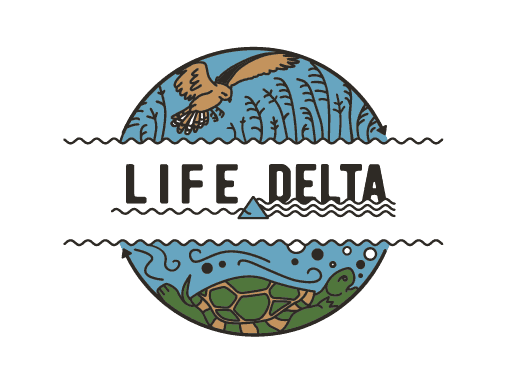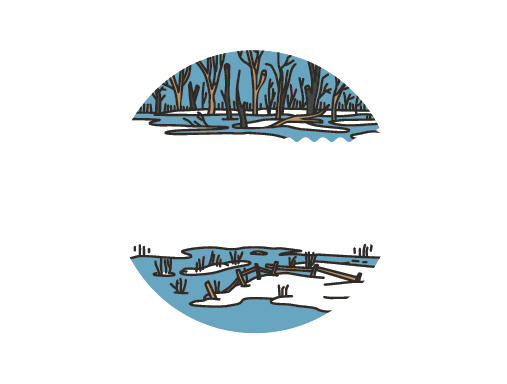
15 Feb Clarification on the publication on the Little Rivers profile.
Ladies and gentlemen,
Regarding the revelations published yesterday by the Małe rzeki profile and repeatedly copied by users, we would like to inform you that the works shown there were carried out as part of our project whose main objective is to restore the floodplains in a part of the Nida valley near Umianowice. An INSUFFICIENT and DECISIVE element of success is the watering of this area through the so called “Doprowadzalnik” – that is the artificial, simple, shallow ditch, which until recently was completely obstructed and overgrown with reeds. This obstruction was the main reason for the almost complete loss of the Delta’s inland biodiversity.
Renaturalisation of the Delta has been planned for over 20 years. Only now, thanks to the cooperation of the Complex of Swietokrzyskie and Nadnidziañski Landscape Parks, the Institute of Nature Conservation of the Polish Academy of Sciences, the University of Agriculture in Cracow and the State Forests – Pińczów Forest District, with the active cooperation of Wody Polskie and the Marshal’s Office of the Swietokrzyskie Voivodeship it was possible to initiate this process, thanks to which in the near future, on the emerging floodplains there will appear:
* reptiles – European pond turtle;
* amphibians – fire-bellied toads and great crested newts (the first work to create breeding sites has been carried out and the first great crested newts have been released into the field);
* Birds – we envisage habitat restoration for at least 160 species, including rare species such as speckled warbler, little crake , bittern, little bittern , marsh harrier, corncrake, white-tailed eagle;
* fish – it is planned to restore the network of oxbow lakes and shallow floodplains of min. 1,6 km2 , which will be a spawning and wintering site for fish, which will contribute greatly to improving the condition of this group in the entire Nida basin (in agreement with the Polish Angling Association – PZW.org.pl)
* Invertebrates – two species of snails of the genus pupa and one aquatic snail species, the lesser ramshorn snail, will be introduced after habitat restoration. Work on the restoration of the thick shelled river mussel is in progress and the activities carried out so far on watercourses are part of the preparation of its habitat;
* Riparian forests – an EU priority habitat which is currently being restored in the Delta, along the channel of the renaturalised Old Nida River.
It is impossible to list here all the planned and implemented project activities. However, it is worth reading the objectives at source to avoid relying on unverified information.
You will of course find more information on our website www.life4delta.pl












